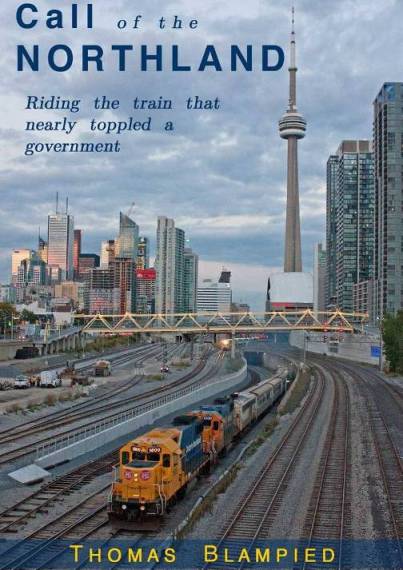For a large selection of corporate histories click: International Directory of Company Histories
Hecla Mining Company is a precious metals company with an important industrial minerals component. Our business is to create value for our shareholders by discovering, acquiring, developing, producing and marketing mineral resources at a profit. To achieve our mission we will: Manage all business activities in a safe, environmentally responsible and cost-effective manner; Give preference to projects where Hecla can be the operator; Provide an environment for achieving personal excellence and growth for all our people; Willingly accept our responsibility to be a good corporate citizen by contributing to the well-being of the communities where we work and live; Conduct our business with integrity and honesty.
Company History:
The oldest of Idaho’s pioneer mining companies, Hecla Mining Company mines and processes silver, gold, and industrial minerals in the United States and Mexico. Hecla Mining earned the bulk of its income initially from its namesake Hecla mine, which yielded substantial ores of lead for four decades. Following the closure of its mainstay Hecla mine in the mid-1940s, the company subsisted on zinc before dabbling in uranium and securing its second mainstay mine, a silver-lead mine named Lucky Friday.
Hecla Mining ran into trouble during the 1970s with copper production, but strong silver prices revived the company and fueled an aggressive growth program during the early 1980s that included two important acquisitions, Day Mines, Inc. in 1981 and Ranchers Exploration and Development Corporation in 1984.
























